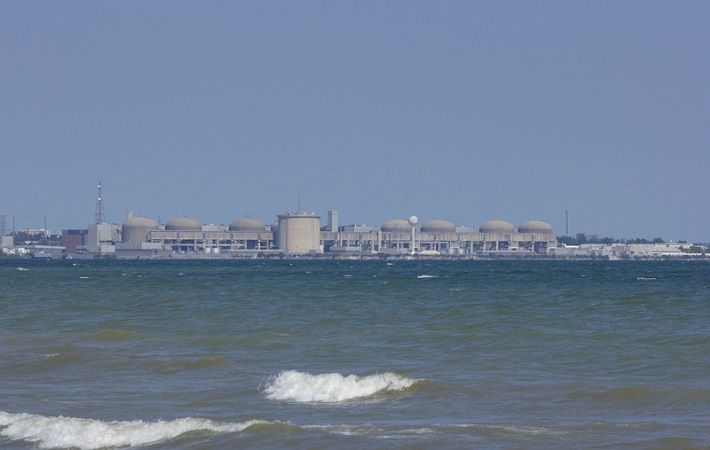
EAST is located at the Institute of Plasma Physics of the Chinese Academy of Sciences (ASIPP) in Hefei, capital of Anhui province in east China. Its goal is to create nuclear fusion like the Sun, using deuterium abound in the sea to provide a steady stream of clean energy, according to Chinese media reports.
While the fossil fuels—natural gas and coal—used by the industry at present are not in abundance and pose a threat to the environment, the raw material needed for the ‘artificial sun’ is almost unlimited on earth. Deuterium, or heavy hydrogen, the raw material used in the experiment, is one of the two stable isotopes of hydrogen. It accounts for approximately 0.0156 per cent (0.0312 per cent by mass) of all the naturally occurring hydrogen in the oceans, according to Wikipedia.
So, once the experiment, which is to go on till June 2022, is successful China will be able to achieve two goals at a time: 1. It would be able to produce greater amount of clean energy through a process similar to that occurs on the sun, and 2. It would mean an end to all energy crisis as the process would create energy in massive amounts, which in turn can be converted into electricity for industrial purposes.
The project is estimated to have cost more than $940 billion.
In the second half of 2021, particularly in October, China had faced severe power crisis mainly on account of shortage of coal for electricity generation. This has affected production in several industries, including the textile industry.
ALCHEMPro News Desk (RKS)
Receive daily prices and market insights straight to your inbox. Subscribe to AlchemPro Weekly!